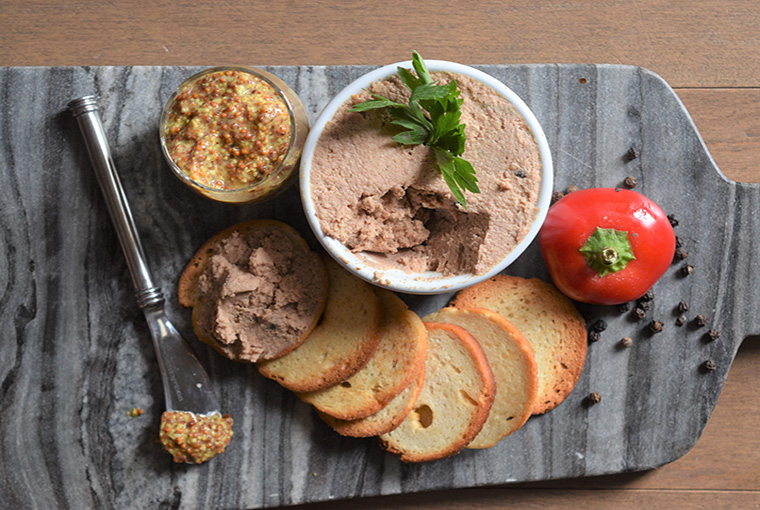
Having been a chef for many years, I’ve had the opportunity to work with many different and interesting “offal” ingredients, and I am most intrigued by the organs of animals.
One of my first experiences was using veal sweetbreads (thymus glands and pancreas). Soaked in buttermilk overnight, then coated lightly in flour and pan-fried in clarified butter, it was delicious!
Wild duck liver pâté
You probably hated liver growing up because it was underseasoned and overcooked. That being said, your grandma was right for serving it to you as it’s not only an excellent source of protein and vitamin A, it also contains an abundance of other essential nutrients.
The great thing about liver is it’s pretty much ready for the frying pan the second it comes out of the animal. Slice the liver into .-inch sections and soak in milk for an hour before cooking. This helps draw out some of the blood and eliminate the bitter taste.
Ingredients:
• 2 tbsp. olive oil
• 1 shallot, minced
• 1 garlic clove, minced
• 1/2 lb wild duck livers
• 1/4 tsp. dried thyme
• 1/4 tsp. dried oregano
• 1/4 tsp. dried marjoram
• 1/2 tsp. fennel seed
• 1 tsp. salt
• 1 tsp. ground black pepper
• 1 oz. maple liqueur
Directions
1. Heat olive oil in a pan over high heat
2. Sautee shallot and garlic for one minute.
3. Add duck livers and brown on each side, approximately four minutes
4. Add dried thyme, oregano, marjoram, fennel seed, salt, and pepper.
5. Cook for an additional two minutes, stirring constantly.
6. Transfer the mix into a food processor or blender. Add maple liqueur.
7. Blend for one minute, until smooth.
8. Pack into a small Mason jar or ramekin of your choice, and let cool for two hours in the fridge.
9. Serve with crackers or slices of crusty French bread and some grainy mustard.
Grilled venison heart with chimichurri
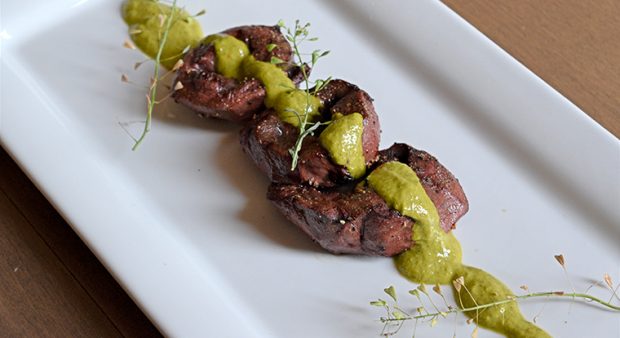
Venison heart is loaded with folate, iron, and B-complex vitamins, which helps protect humans from heart disease.
Cut off the top portion of the heart where the aorta and veins are located, about halfway down the fatty part of the heart. Trim off any white fat or veins on the outside of the heart as they are tough. Rinse out the ventricles (the two cavities in the heart) with cold water to make sure they are clear of any blood, and pat dry.
Ingredients:
• 1 venison heart, cut into 1/2-inch slices
• 1 tbsp. cider vinegar
• 2 tbsp. Worcestershire sauce
• 1/4 cup olive oil
• 2 tsp. salt
• 1 tsp. black pepper
Chimichurri:
• 2 cloves garlic
• 1 chili pepper, seeds removed
• 1/4 cup fresh parsley
• 1/4 cup fresh basil
• 1/4 cup fresh cilantro
• 1/4 cup olive oil
• 1/2 lemon, juiced
• Salt and pepper to taste
Directions
1. Mix cider vinegar, Worcestershire sauce, olive oil, salt and pepper in a bowl. Pour over sliced heart and marinate for 1-2 hours.
2. For chimichurri, put all ingredients in a food processor and blitz until smooth. Set aside.
3. Heat grill to medium high. Grill marinated heart on each side for approximately 3-5 minutes.
4. Place grilled heart pieces on a plate and spoon over some chimichurri sauce.
Pickled venison tongue
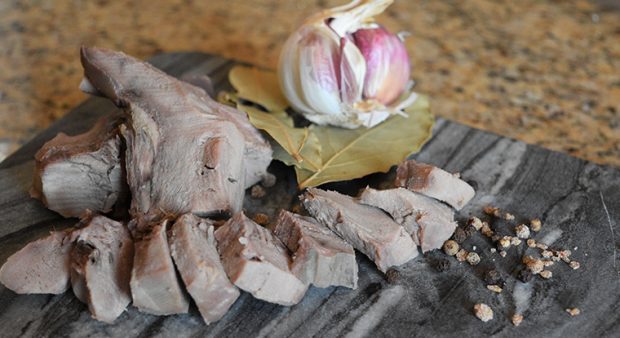
The tongue contains good fatty acids and calories. As well as zinc and iron, it contains folate, which is recommended as a supplement for pregnant women to protect fetal brain and spinal development.
The tongue has a thick layer of skin that covers it and this needs to be removed to make it more palatable. To do this, boil the tongue in salted water for 1 and 1/2 hours. Remove the tongue from the water and allow to cool. Peel off the skin with your fingers or a paring knife.
Ingredients:
• 3-4 venison tongues, boiled & peeled
• 2 cups water
• 1 cup cider vinegar
• 1/4 cup brown sugar
• 2 shallots, sliced
• 4 cloves garlic, crushed
• 1 tbsp. pickling spice
Directions
1. Mix all ingredients in a pot and bring to a boil. Simmer for 10-15 minutes.
2. Remove from liquid, let cool, slice, and enjoy on a sandwich with mustard or horseradish.
Keep it clean
There are two important things to be aware of when extracting tasty innards.
First, make a good, clean shot. Ideally a doublelung shot, as damage to the heart or liver will render the organ unusable.
Second, quickly and cleanly extract the organs. Get the body cavity opened as quickly as possible to allow the cooling process to begin. Once you have carefully removed the bowels and digestive tract, being sure not to puncture the bladder as this can taint the meat, remove the organs you intend to consume and refrigerate or freeze them as soon as possible. The tongue can be included in this process.
What and what NOT to eat
Caul fat: Caul fat is the membranous tissue that surrounds the stomach of many different animals including deer, moose, and elk. Its fat content helps baste dryer game meats while they cook. Wrap it around cuts of meat or use it to encase pates and terrines.
Kidneys: Kidney should be soaked in milk for a longer period of time to remove strong flavours. Like the heart and liver, it’s rich in nutrients and contains Omega-3 fatty acids.
The Ministry of Natural Resources and Forestry recommends that people not eat the liver and kidneys of moose, deer, and elk because of concerns about cadmium levels in these internal organs.
Brains: Due to rising concern and the still-unknown nature of chronic wasting disease (CWD) affecting the cervid family (deer, elk, moose, and woodland caribou), I would not recommend consuming the brain of big game.
Andrew Rochon is the food editor of Ontario OUT of DOORS magazine.


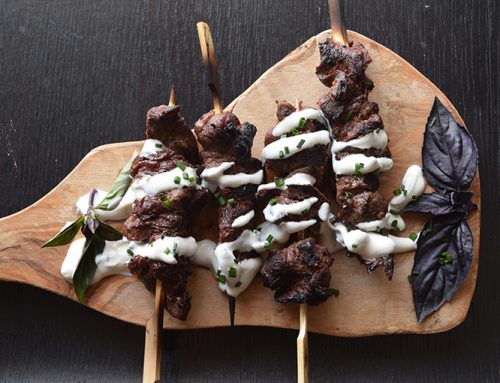
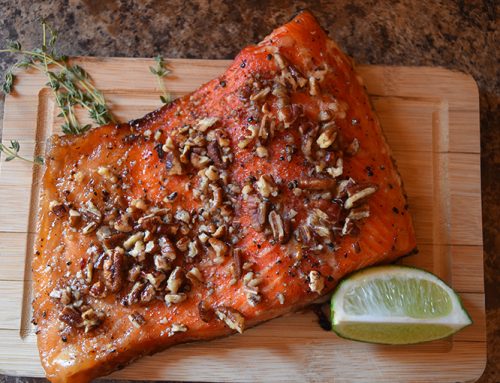
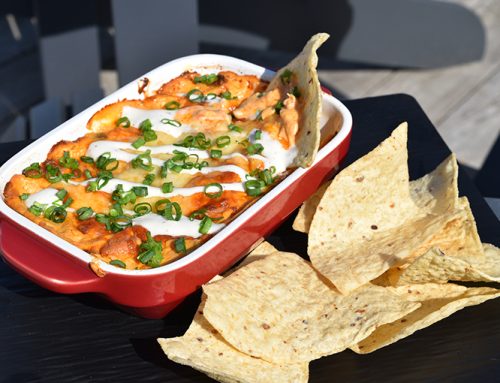
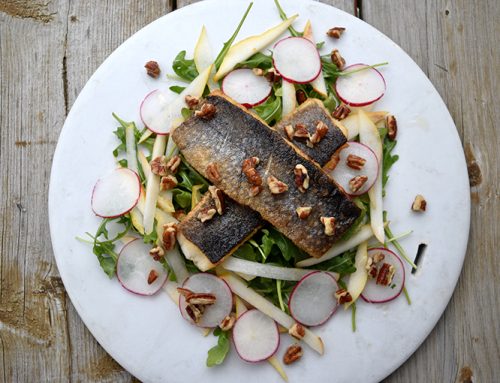
Leave A Comment